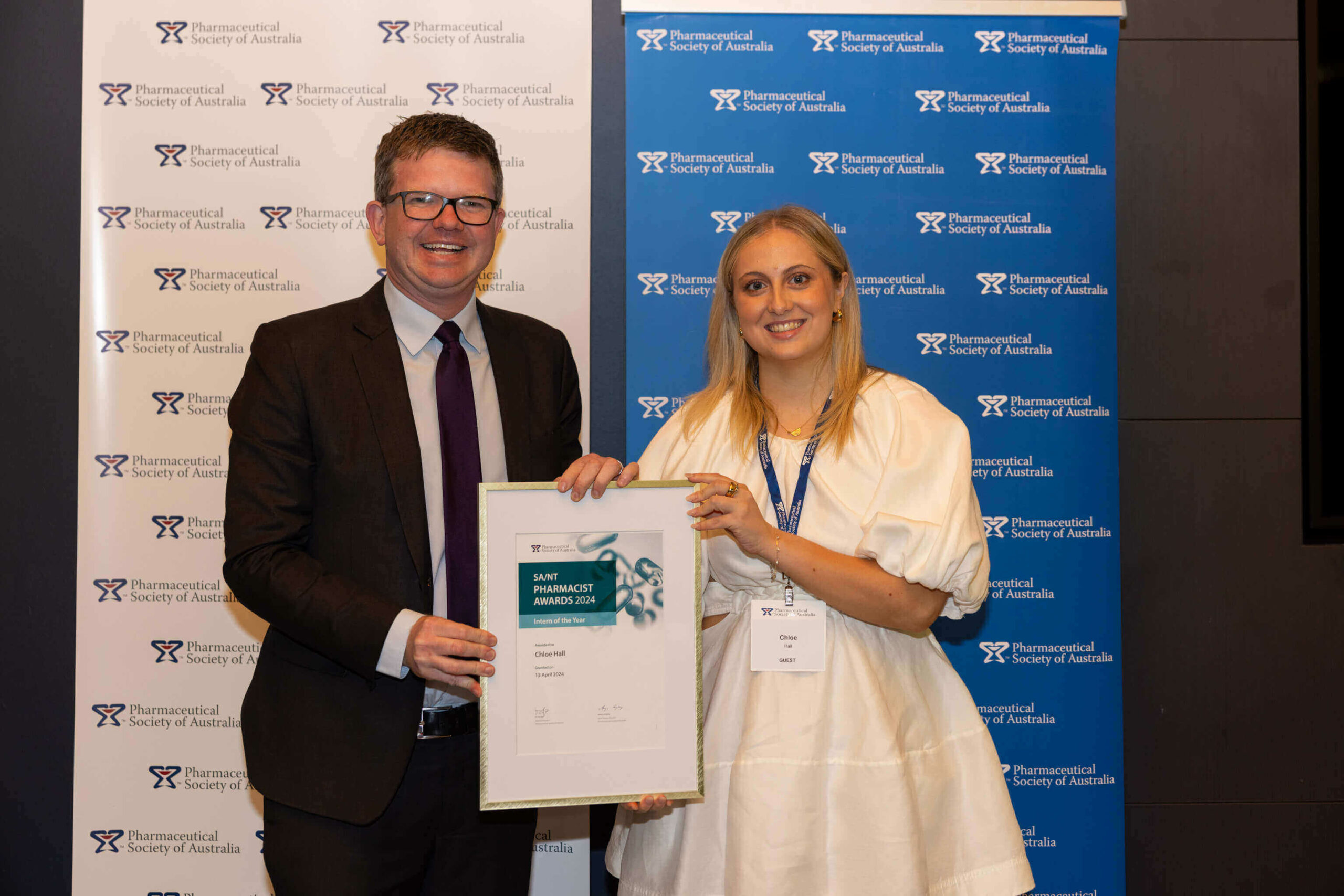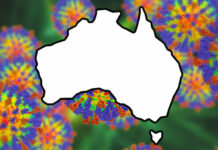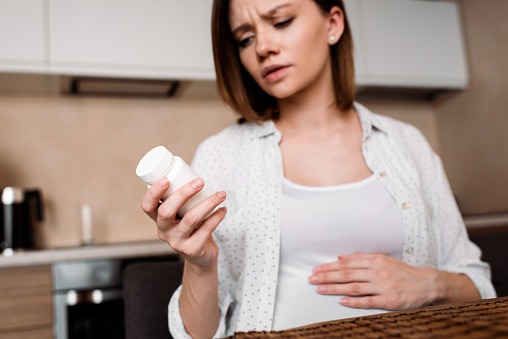At a time when it is vital to identify and treat individuals infected with COVID-19, it is also important to recognise and manage the symptoms of allergic rhinitis, which affects about 3 in 4 people with asthma.
Key points:
|
Commonly known as hay fever, allergic rhinitis affects about 18% of Australians. Despite its prevalence, it is commonly underdiagnosed, undertreated and sub-optimally self-managed. Pharmacists have a role in helping people effectively recognise, manage and treat hay fever and its symptoms.1
Although defined as perennial or seasonal,1 National Asthma Council Australia CEO Siobhan Brophy told Australian Pharmacist that allergic rhinitis can occur year-round as most people are sensitive to more than one allergen.
‘For example, if both pollen and house dust mites cause symptoms, it won’t be restricted to a typical allergy season,’ she said.
‘Allergy seasons can vary between locations, so it’s important for health professionals to be alert for allergic rhinitis at any time of year.’
Symptom differentiation
Allergic rhinitis symptoms and signs include sneezing, an itchy nose, sniffing, clear rhinorrhoea, nasal congestion, itchy throat and watery, itchy eyes (allergic conjunctivitis).1
Sleep is often disturbed and fatigue and general malaise are common.1 Fever is not associated with allergic rhinitis.2
People with allergic rhinitis have usually had their symptoms before.1,2
Cold symptoms include cough (often bringing up mucus), sore throat, runny nose (usually thicker, coloured mucus) or nasal congestion, fatigue, aches and pains and mild fever.
Colds generally resolve in a week to 10 days whereas allergies don’t resolve unless treated or the trigger is removed.2
COVID-19 symptoms include fever, cough, fatigue, a sore throat and shortness of breath.3 A significant number of people experience no symptoms. Loss of smell and diarrhoea have been reported.4
Loss of smell has also been reported with allergic rhinitis, colds and influenza.4
Influenza has symptoms in common with COVID-19. However, influenza is more likely to cause a runny nose or nasal congestion and shortness of breath is uncommon.2
It is important to note that any person with acute respiratory symptoms – including sore throat, runny nose, cough, loss of smell, fever, etc. – should get tested for COVID-19, regardless of severity or if they attribute it to existing conditions.
Allergic rhinitis management
The National Asthma Council of Australia released an updated Allergic Rhinitis Treatments Chart last month, as a guide to the main intranasal treatment options for allergic rhinitis available in Australia. It includes prescription only, pharmacy only and non-prescription products.5
Health professionals can download and print the poster, which is designed to go on the wall of a treatment room or pharmacy. It provides a visual reference tool to help explain the range and types of nasal treatments available for allergic rhinitis.
Ms Brophy said achieving good asthma control is particularly important during the COVID-19 pandemic so a patient’s respiratory system is in the best possible shape should they encounter an infection like the coronavirus or seasonal influenza.
‘While we don’t yet know exactly how COVID-19 affects people with asthma, from experience with other acute viral infections we’re concerned that, if infected, people with asthma may be at greater risk than the general community,’ she said.
‘For this reason we’re urging health professionals to help people with asthma achieve optimal control.’
Ms Brophy said pharmacists are in a position to help answer questions about allergic rhinitis and educate patients about controlling the condition, which is a crucial part of effective asthma management.
Pharmacists should also be aware of questions about continuing regular treatment.
‘It’s important for people to keep taking their inhaled corticosteroid preventer as prescribed, to maintain asthma control. People should continue using their regular allergy nasal spray, unless diagnosed with COVID-19, when they should consult their doctor about treatment,’ Ms Brophy advised.
‘Poorly managed allergic rhinitis can make asthma more difficult to control. A comprehensive approach to asthma management includes investigation for allergic rhinitis and effective treatment.’
Refer to the National Asthma Council Australia’s Managing allergic rhinitis in people with asthma information paper.
References
- Falkland M. Hay fever. Australian Pharmacist. 2019. At: www.australianpharmacist.com.au/hay-fever-cpd
- Know the difference between symptoms of allergies, cold, flu and coronavirus disease 2019 (COVID-19). UNC Health Talk. 2020. At: healthtalk.unchealthcare.org/know-the-difference-between-symptoms-of-allergies-cold-flu-and-coronavirus-disease-2019-covid-19/
- Australian Government Department of Health. COVID-19 – identifying the symptoms. 2020. At: www.health.gov.au/news/health-alerts/novel-coronavirus-2019-ncov-health-alert/what-you-need-to-know-about-coronavirus-covid-19#symptoms
- Coronavirus symptoms. American Academy of Allergy Asthma & Immunology. At: www.aaaai.org/Aaaai/media/MediaLibrary/Images/Promos/Coronavirus-Symptoms.pdf
- National Asthma Council Australia media release. New allergic rhinitis treatments chart released. 2020. At: www.nationalasthma.org.au/news/2020/new-allergic-rhinitis-treatments-chart-released




 Dr Malcolm Gillies[/caption]
Dr Malcolm Gillies[/caption]

 PSA SA/NT Pharmacist of the Year Natasha Downing MPS[/caption]
PSA SA/NT Pharmacist of the Year Natasha Downing MPS[/caption]
 PSA SA/NT ECP of the Year Raymond Truong MPS[/caption]
PSA SA/NT ECP of the Year Raymond Truong MPS[/caption]
 PSA SA/NT Intern of the YearChloe Hall MPS[/caption]
PSA SA/NT Intern of the YearChloe Hall MPS[/caption]
 PSA SA/NT Lifetime Achievment Award recipient Peter Halstead FPS[/caption]
PSA SA/NT Lifetime Achievment Award recipient Peter Halstead FPS[/caption]
 Pharmaceutical Society Gold Medal recipient Amelia Thompson[/caption]
Pharmaceutical Society Gold Medal recipient Amelia Thompson[/caption]

 Prof Danchin is a consultant paediatrician at the Royal Children’s Hospital and Clinician Scientist, University of Melbourne.
Prof Danchin is a consultant paediatrician at the Royal Children’s Hospital and Clinician Scientist, University of Melbourne.
 Overview of the categories
Overview of the categories  Category B3
Category B3

 Patient considerations
Patient considerations








